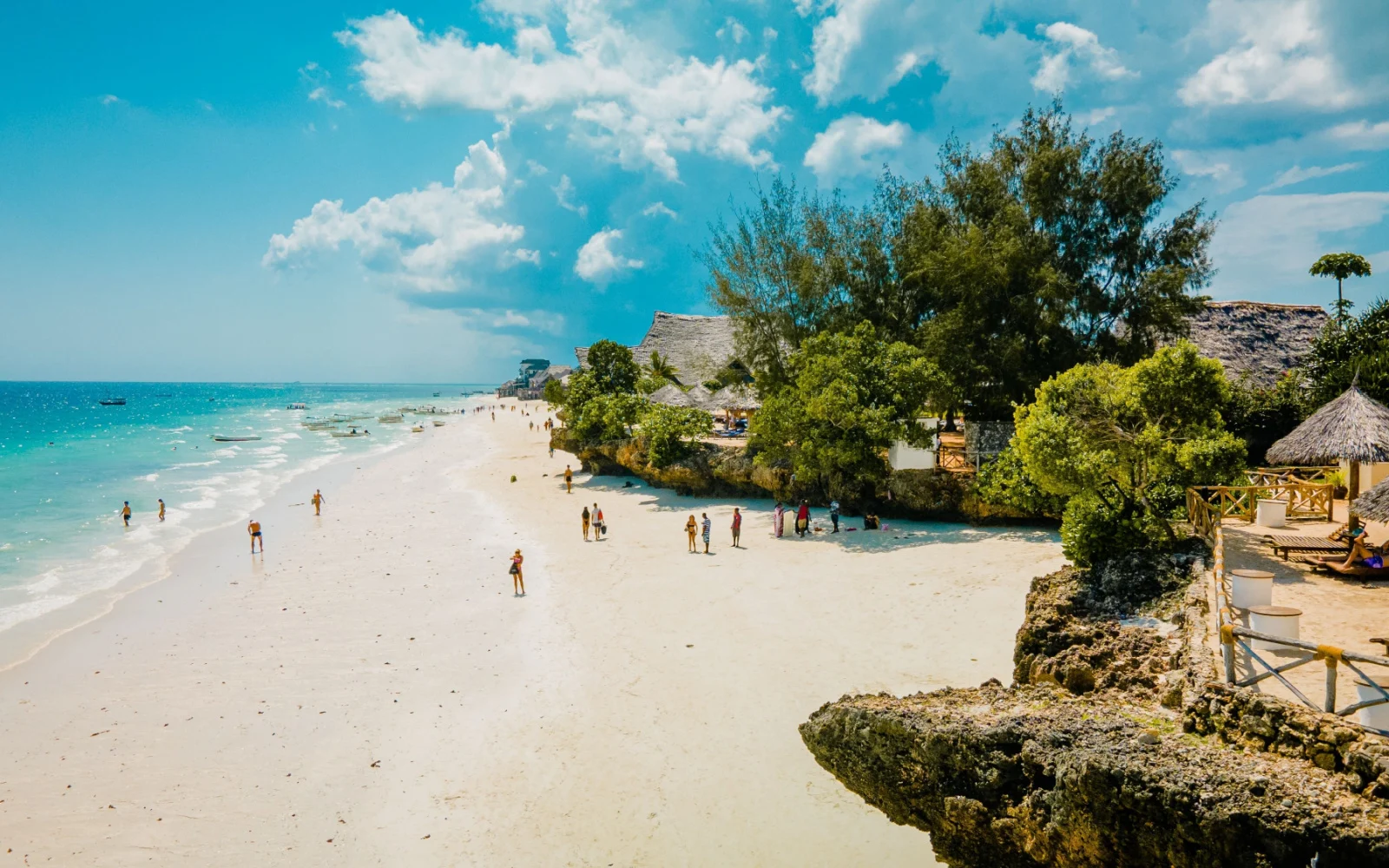What's the best time to visit Tanzania?
The best time to visit Tanzania for safaris and outdoor adventures is during its dry season from June to September. This period offers clear, sunny skies and cooler weather, ideal for activities like trekking on Mount Kilimanjaro and observing wildlife in national parks.
It’s also the prime time for witnessing the Great Migration in the Serengeti. Despite cooler temperatures, the weather is comfortably warm, perfect for beach activities as well.
Beautiful Tanzania has some of the best nature in Africa, making it a great place to visit. Like many East African countries, Tanzania is a prime destination for spotting wildlife on safari. It’s home to the famous Serengeti National Park, which has the “big five” of African wildlife.
Tanzania also is home to Kilimanjaro National Park, the dream of many a hiker. Besides nature, the coast is home to a rich Indian Ocean melting pot of civilizations, most visible on the historic island of Zanzibar.
Especially in country with constantly-shifting weather, you need to understand the seasons, weather patterns, and other factors that could affect your trip. But don’t worry — we’ll help you find the best time to visit Tanzania below.
The Overall Best Time to Visit Tanzania
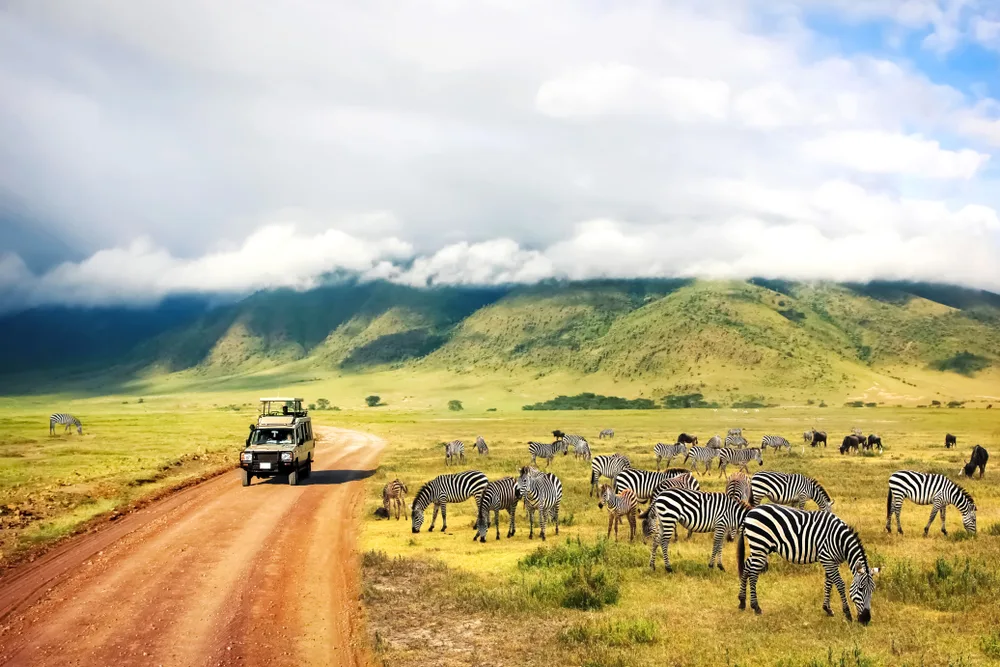
Delbars/Shutterstock
The best time to visit Tanzania for safaris and other outdoor activities is June-September, which is the country’s dry season. Tanzania mostly has a tropical or subtropical climate, which means that it has two main seasons throughout the year, the rainy season and the dry season.
The exact climate zones vary depending on the region and elevation (Kilimanjaro is different from Zanzibar) but it’s enough to give you an idea of what to expect when you visit.
June-October is the dry season throughout the country, with cooler, sunny weather. Average temperatures in Dodoma and Dar es Salaam are usually in the high 70s to low 80s, but they can get much cooler in the highlands and mountains.
More importantly, the dry season is when you have the highest chances of clear skies with no rain. In June, July, and August, your chances of a cloudless day are up to 80% in some parts of the country, and these months only get one or two days of rain.
May and September are slightly rainier, but still with moderate amounts of precipitation. During the dry season, it’s simply easier to get around.
This is the best time to go trekking on Mount Kilimanjaro because the trails aren’t muddy and impassable. Plus, you have a higher chance of good weather as you walk through national parks such as the Ruaha National Park.
The dry season is also the best time to go on safari and look for animals, especially the big mammals everyone wants to see when they visit Africa.
In the mountain parks of Gombe and Mahale, chimpanzees tend to descend to lower altitudes in search of food and water, so it’s easier to spot them.
According to the official site of Serengeti National Park, the best time to visit is the dry season, when animals congregate around water sources and are easier to see. Winter is also the time of the Great Migration, when herds of wildebeest stampede across the Mara River.
Although temperatures are cooler in the dry season, they never get cold. Plus, the weather is almost guaranteed to be sunny. If you want to spend your time in Tanzania lounging on the beach, this is the best time to visit.
Cheapest Time to Visit Tanzania
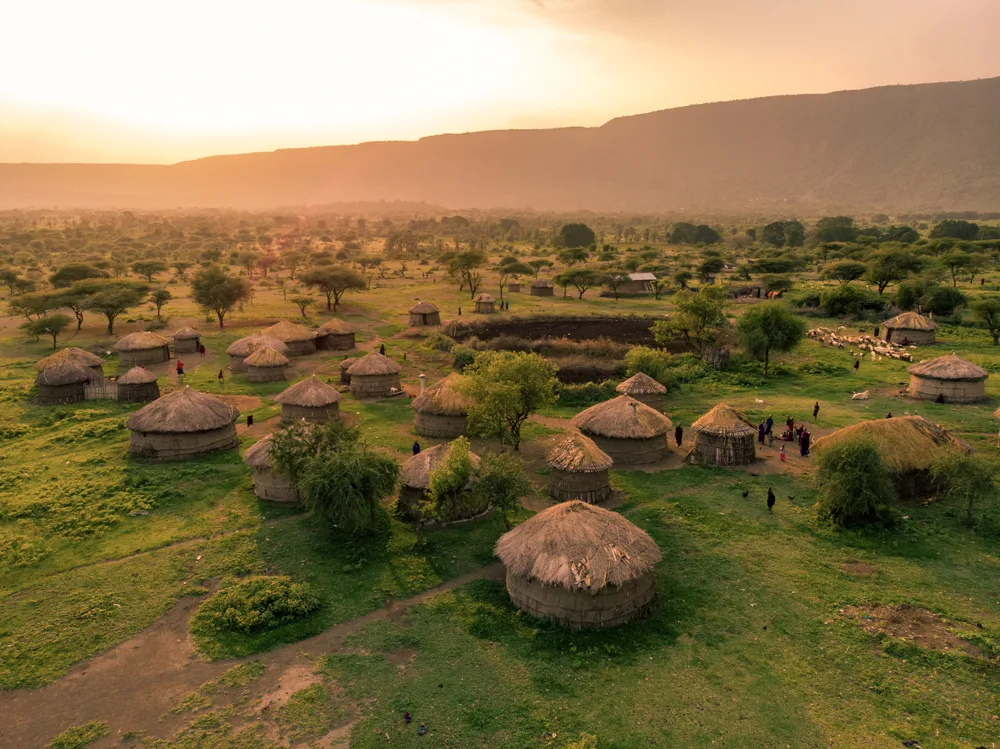
Gideon Ikigai/Shutterstock
The cheapest time to visit Tanzania is during the peak rainy season, between March and May, but you can also save money by traveling during November-February.
Most vacationers avoid traveling to Tanzania during the rainy season, which peaks between March and May, because heavy rains can really put a damper on your enjoyment of nature. This low demand in turn means that you can get accommodation for much lower rates. The official Serengeti National Park site advises visitors to visit during “green season” for substantially less expensive lodging and camping sites.
The very beginning of the rainy season, November-February, costs more than the middle of the season, but offers substantial savings compared to the peak season for visiting Tanzania. Hotels, including at popular tourist destinations, are substantially discounted.
In terms of flights, you can get good deals throughout the low season. The beginning of the peak rainy season, March, offers discounted flights, but you can also get good deals in January, when airlines worldwide tend to offer discounts.
Least Busy Time to Visit Tanzania
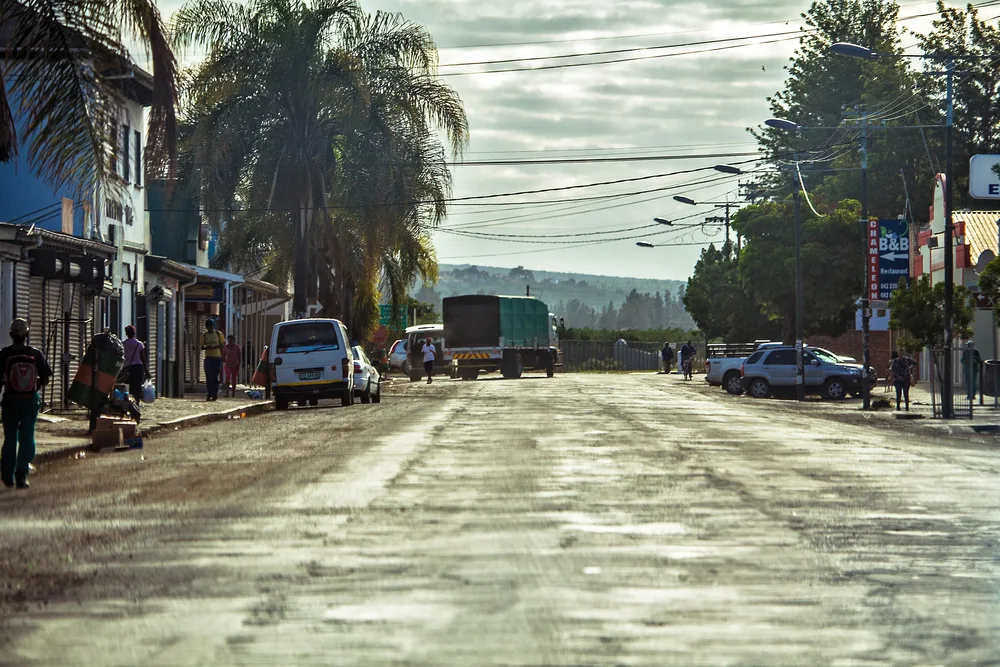
Addo, South Africa – 28 DECEMBER 2017: Scenic view of the main road of remote african village with people walking on street/PhotoFra/Shutterstock
The least busy time to visit Tanzania is during the rainy season, and the sweet spot for avoiding crowds but still getting to do a lot is visiting between November and February.
The months between November and February are part of the rainy season, but the rains during these months tend to be short and light. In the month of January, Tanzania even experiences a few dry weeks.
While you can avoid the worst of the crowds by visiting during this time, you can still get some good weather. Spotting wildlife in the Serengeti National Park or one of the smaller parks is possible during this time.
It’s not the peak rainy season yet, so the foliage isn’t completely obstructing your view. Plus, late January to February is calving season, meaning that you get to see baby animals (and the predators that feed on them).
November to February is also the peak season for birdwatching as migrating birds come to East Africa. For photographers, the beginning of the rainy season is actually the best time to visit. During the dry season, the landscape gets quite bare and dusty, so some rain helps nature bloom.
Plus, the dust settles and you’ll get clearer photos. Although there is some rain, conditions along the coast are still warm and sunny. This is a great time to explore Zanzibar as you’ll avoid the worst of the crowds but still get to enjoy great weather.
You can lounge on the beach or go snorkeling or diving—marine life is at its most active between November and March. Winter also brings festivals to Zanzibar, such as the Sauti za Busara music festival.
Worst Time to Visit Tanzania
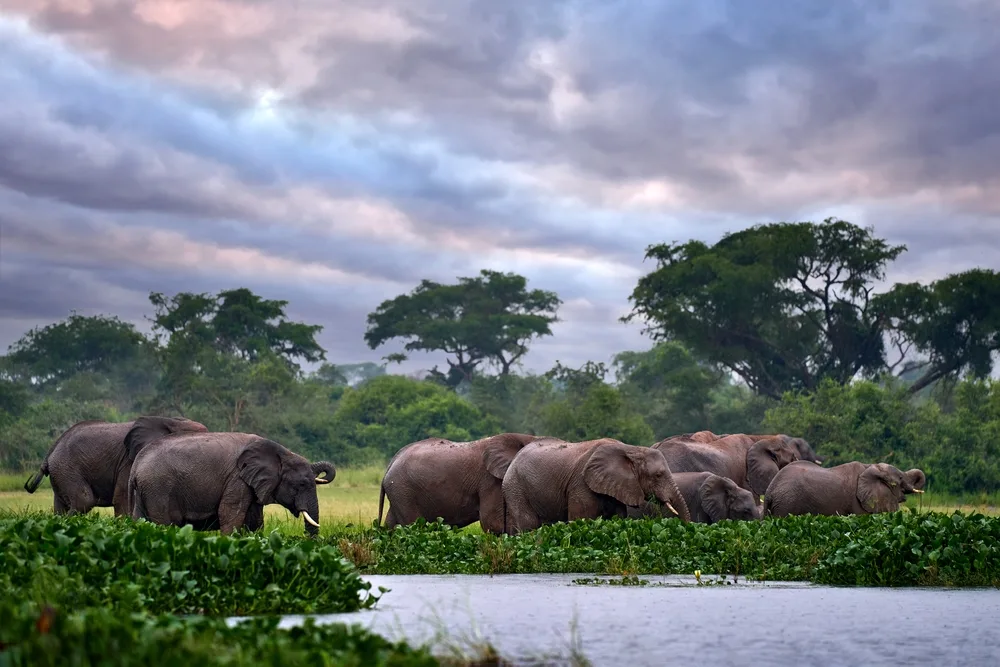
Ondrej Prosicky/Shutterstock
The worst time to visit Tanzania is during the peak of the rainy season, in March, April, and May, when the weather makes it difficult to do any exploring. The rainy season is divided into two parts in Tanzania.
The short rainy season from November to early January brings daily rains, but showers are usually short and light. However, from March to May is the long rainy season.
Expect rain nearly every day, and heavy showers at that. Along the coast, the rainy season also means monsoon season.
While these storms are rarely dangerous, they do bring days of non-stop heavy rains, which is not exactly ideal conditions for a beach vacation. Navigating Tanzania during the rainy season can be difficult, and downright dangerous in some parts.
Hiking on Mount Kilimanjaro is impossible during this time because the rain makes the slopes so muddy that it is dangerous to try and climb the mountain. Many national parks see their trails turn into mud during this time, so it’s not worth going. Some smaller parks outside of popular touristy areas even shut down during this time.
Expect fewer attractions, accommodation options, and businesses to be open during the rainy season because there just isn’t enough demand to sustain them.
The only benefit of visiting during the peak rainy season is that this is the best time to visit if you are on a tight budget. Accommodation and safari prices drop drastically because so few people want to visit, but it may not be worth the savings.
Frequently Asked Questions
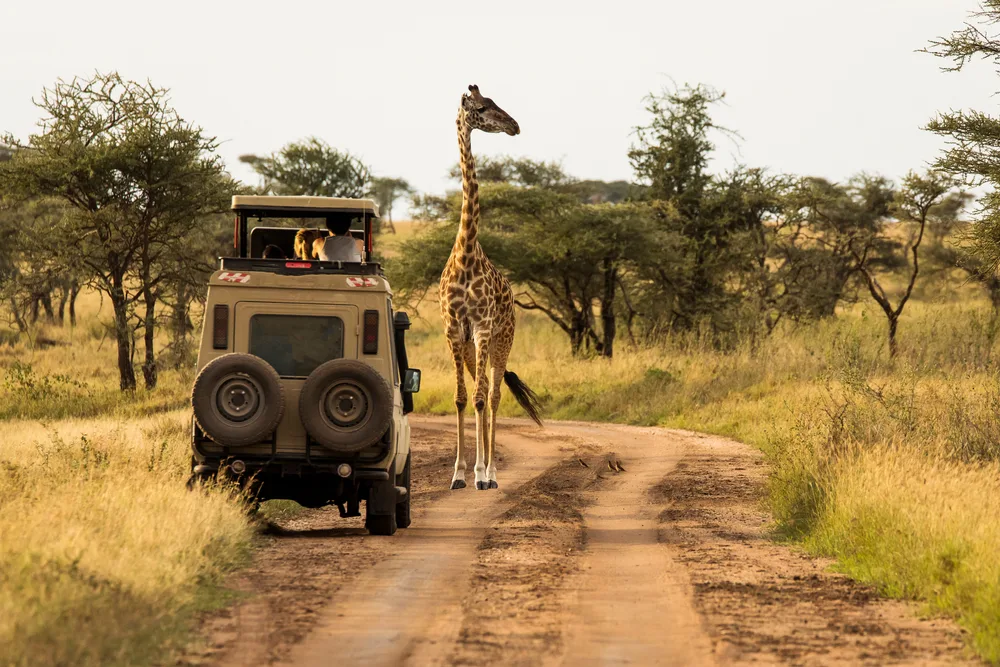
Danm12/Shutterstock
Here are some of the most common questions that people ask about visiting Tanzania:
What is the best month to go to Tanzania?
The best month to go to Tanzania is September, when the worst of the peak season crowds have passed but you can still catch good weather.
When is the best time to go on safari in Tanzania?
June through September is the best time to go on safari since the animals are most active and you’ll get to see the Great Migration.
When is the rainy season in Tanzania?
The rainy season lasts from October to May, and peaks in March, April, and May. There is a brief dry period in January and February.
So, What’s the Best Time to Visit Tanzania?
The best time to visit Tanzania is during the dry season, which is from June to October. This is also the country’s high season, so visit during the shorter rainy season of November-February for savings and fewer crowds.



